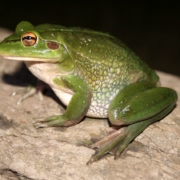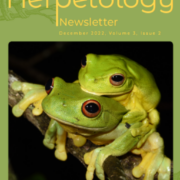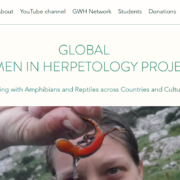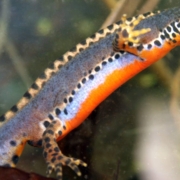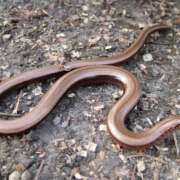Litoria raniformis comprises two subspecies
We analysed mitochondrial and nuclear DNA sequences to assess divergence in Litoria raniformis from across its current range in New South Wales, Victoria, South Australia and Tasmania. This study led us to assign sub-species status to the two divergent lineages, L. r. raniformis for the northern lineage and L. r. major for the southern lineage.

